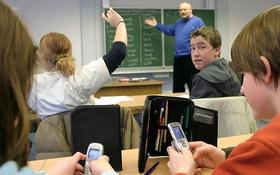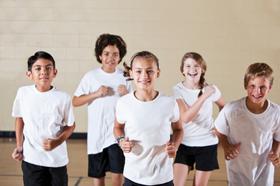Serving 156 students in grades Prekindergarten-6, Dr. George S. Emerson Elementary School ranks in the bottom 50% of all schools in New Hampshire for overall test scores (math proficiency is bottom 50%, and reading proficiency is bottom 50%).
The percentage of students achieving proficiency in math is 35-39% (which is lower than the New Hampshire state average of 40%). The percentage of students achieving proficiency in reading/language arts is 40-44% (which is lower than the New Hampshire state average of 51%).
The student:teacher ratio of 11:1 is equal to the New Hampshire state level of 11:1.
Minority enrollment is 11% of the student body (majority Hispanic and Asian), which is lower than the New Hampshire state average of 18% (majority Hispanic).
Quick Stats (2025)
- Grades: Prekindergarten-6
- Enrollment: 156 students
- Student:Teacher Ratio: 11:1
- Minority Enrollment: 11%
- Overall Testing Rank: Bottom 50% in NH
- Math Proficiency: 35-39% (Btm 50%)
- Reading Proficiency: 40-44% (Btm 50%)
- Science Proficiency: ≤20% (Btm 50%)
- Source: National Center for Education Statistics (NCES), NH Dept. of Education
School Overview
Dr. George S. Emerson Elementary School's student population of 156 students has declined by 13% over five school years.
The teacher population of 14 teachers has stayed relatively flat over five school years.
Grades Offered
Grades Prekindergarten-6
Total Students
156 students
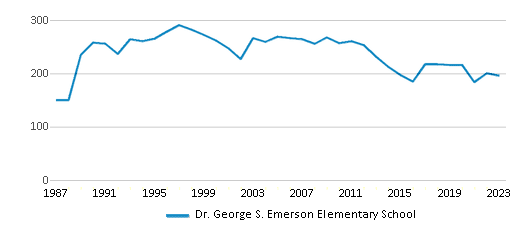
Gender %
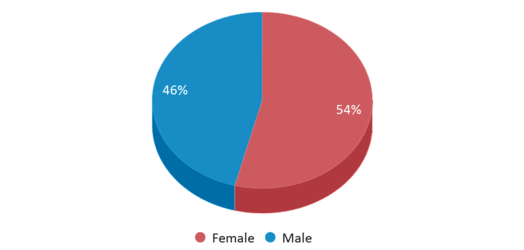
Total Classroom Teachers
14 teachers
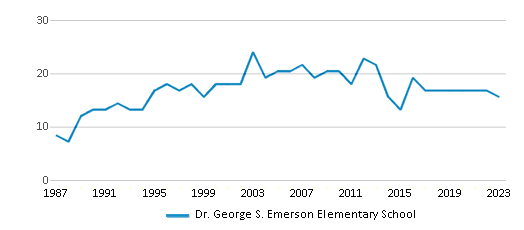
Students by Grade
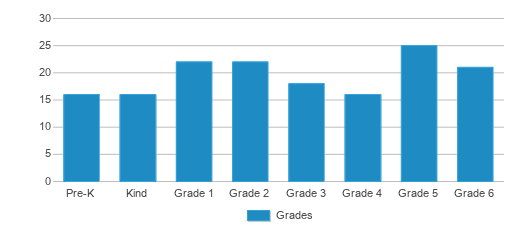
School Rankings
Dr. George S. Emerson Elementary School ranks within the bottom 50% of all 457 schools in New Hampshire (based off of combined math and reading proficiency testing data).
The diversity score of Dr. George S. Emerson Elementary School is 0.21, which is less than the diversity score at state average of 0.32. The school's diversity has stayed relatively flat over five school years.
Overall Testing Rank
#291 out of 457 schools
(Bottom 50%)
(Bottom 50%)
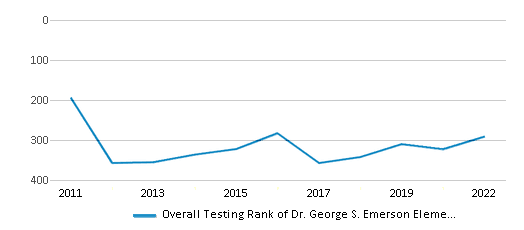
Math Test Scores (% Proficient)
35-39%
40%
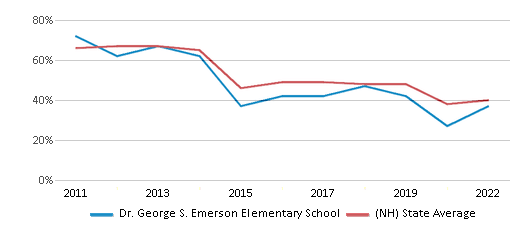
Reading/Language Arts Test Scores (% Proficient)
40-44%
51%
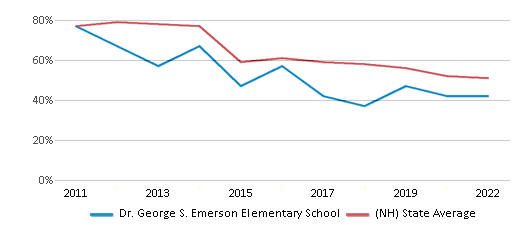
Science Test Scores (% Proficient)
≤20%
36%
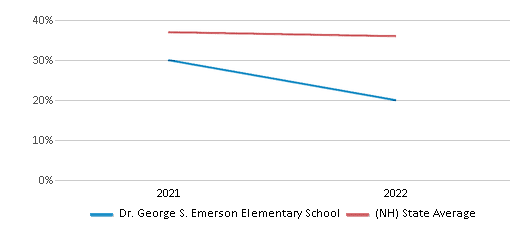
Student : Teacher Ratio
11:1
11:1
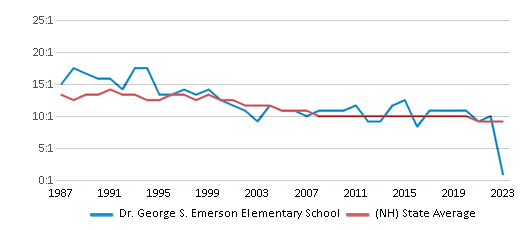
American Indian
n/a
n/a
Asian
2%
3%
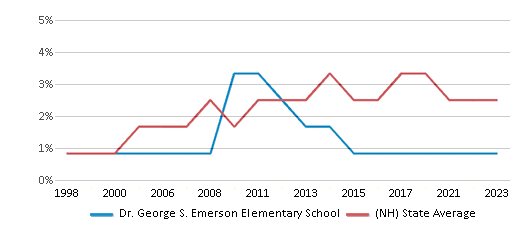
Hispanic
2%
8%
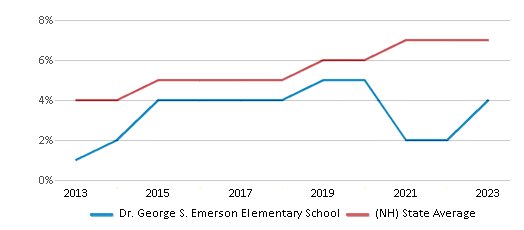
Black
1%
2%
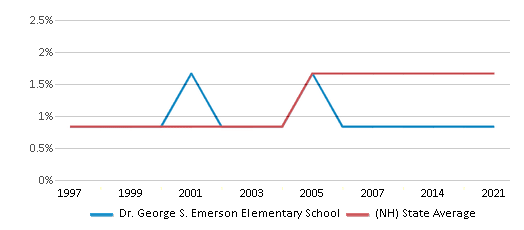
White
89%
82%
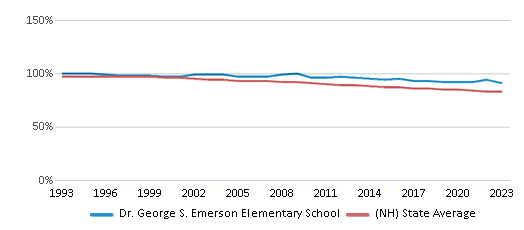
Hawaiian
n/a
n/a
Two or more races
6%
5%
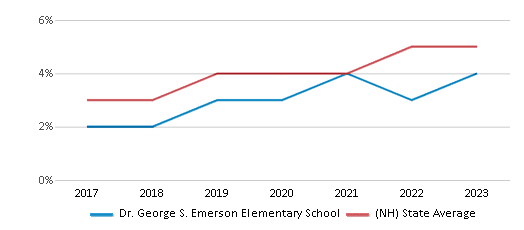
All Ethnic Groups
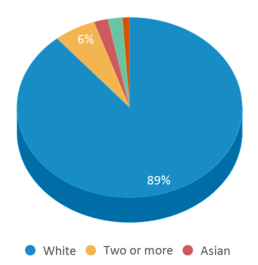
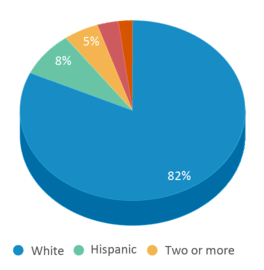
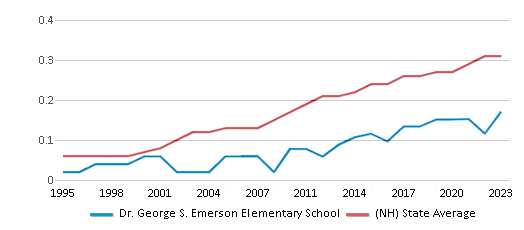
Participates in the National School Lunch Program (NSLP)
Yes
Eligible for Free Lunch
22%
20%
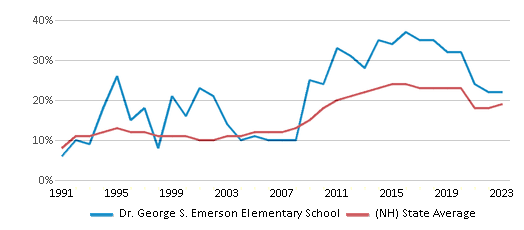
Eligible for Reduced Lunch
3%
4%
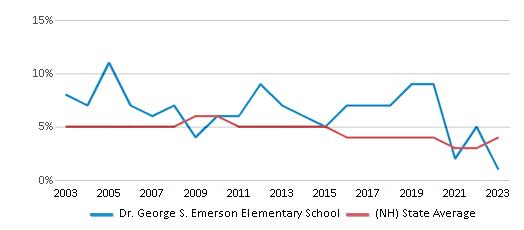
School District Name
Source: National Center for Education Statistics (NCES), NH Dept. of Education
Profile last updated: 02/09/2025
Frequently Asked Questions
What is Dr. George S. Emerson Elementary School's ranking?
Dr. George S. Emerson Elementary School is ranked #291 out of 457 schools, which ranks it among the bottom 50% of public schools in New Hampshire.
What percent of students have achieved state testing proficiency in math and reading?
35-39% of students have achieved math proficiency (compared to the 40% NH state average), while 40-44% of students have achieved reading proficiency (compared to the 51% NH state average).
How many students attend Dr. George S. Emerson Elementary School?
156 students attend Dr. George S. Emerson Elementary School.
What is the racial composition of the student body?
89% of Dr. George S. Emerson Elementary School students are White, 6% of students are Two or more races, 2% of students are Asian, 2% of students are Hispanic, and 1% of students are Black.
What is the student:teacher ratio of Dr. George S. Emerson Elementary School?
Dr. George S. Emerson Elementary School has a student ration of 11:1, which is equal to the New Hampshire state average of 11:1.
What grades does Dr. George S. Emerson Elementary School offer ?
Dr. George S. Emerson Elementary School offers enrollment in grades Prekindergarten-6
What school district is Dr. George S. Emerson Elementary School part of?
Dr. George S. Emerson Elementary School is part of Monadnock Regional School District.
School Reviews
Review Dr. George S. Emerson Elementary School. Reviews should be a few sentences in length. Please include any comments on:
- Quality of academic programs, teachers, and facilities
- Availability of music, art, sports and other extracurricular activities
Recent Articles
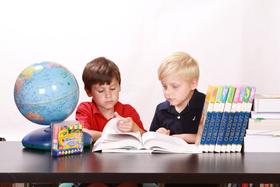
The Impact of Coronavirus on Public Schools
This article discusses the widespread impact of COVID-19 on public schools, addressing issues such as school closures, remote learning challenges, effects on standardized testing, and concerns about student progress. It also provides tips for parents suddenly faced with homeschooling responsibilities.

What Public School Students Should Expect After COVID-19
In this article, we’ll take a closer look at the financial impact of COVID-19 on public schools and what to expect in the future. We’ll talk about the effects of budget cuts and other challenges affecting the public school system for the remainder of this school year and into the next.

February 05, 2025
Understanding the U.S. Department of Education: Structure, Impact, and EvolutionWe explore how the Department of Education shapes American education, from its cabinet-level leadership to its impact on millions of students, written for general audiences seeking clarity on this vital institution.




